Exhibitions & Events
Arata Isozaki's Origin
Work in Kyushu in the 1960s and 1970s
main building
Saturday, January 4, 2025 - Sunday, March 16, 2025
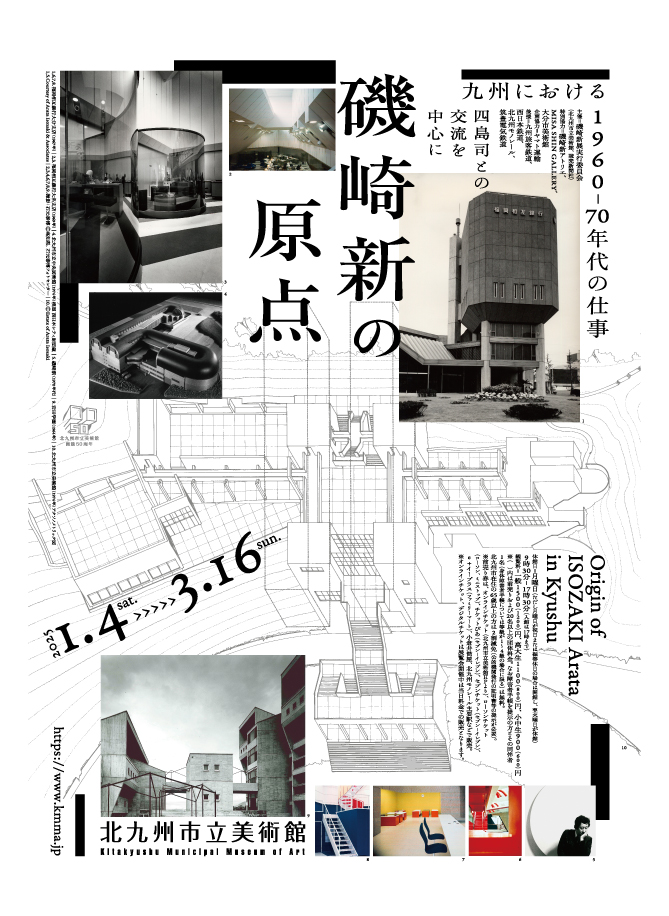
Kitakyushu Municipal Museum of Art was designed by Arata Isozaki and opened in 1974, and celebrates its 50th anniversary in 2024. In addition to this museum, Isozaki designed the Kitakyushu Central Library, the West Japan General Exhibition Center, and the Kitakyushu International Conference Center, all of which are familiar landmarks of Kitakyushu City.
Born in Oita City in 1931, much of Isozaki's early architecture was realized in Oita and Fukuoka. There, there were people who discovered the young Isozaki's talent and gave him opportunities to work. One of them was Tsukasa Yotsushima, the longtime president of Fukuoka City Bank (now Nishi-Nippon City Bank). Starting with the Oita branch of Fukuoka Mutual Bank (later Fukuoka City Bank), Yotsushima commissioned Isozaki to design a series of Fukuoka Mutual Bank branches. Yashima entrusted Isozaki with the design for the relocation of the head office from Tenjin to in front of Hakata Station, and the massive Indian reddish brownstone exterior of the head office has long been a symbol of the area in front of Hakata Station.
Isozaki suggested that Yotsushima commission an artist to create a work to be displayed in the head office, and Yoshishige Saito, Gyoji Nomiyama, and others created a work for the reception room. In the process, Yotsushima himself began to collect works of art to be displayed in the bank, and the "Yotsushima Collection" was formed.
The exhibition will feature models and documents related to the architecture Isozaki worked on in Kyushu in the 1960s and 1970s, prints inspired by his own architecture, and art works collected by Yotsushima.
Born in Oita City in 1931, much of Isozaki's early architecture was realized in Oita and Fukuoka. There, there were people who discovered the young Isozaki's talent and gave him opportunities to work. One of them was Tsukasa Yotsushima, the longtime president of Fukuoka City Bank (now Nishi-Nippon City Bank). Starting with the Oita branch of Fukuoka Mutual Bank (later Fukuoka City Bank), Yotsushima commissioned Isozaki to design a series of Fukuoka Mutual Bank branches. Yashima entrusted Isozaki with the design for the relocation of the head office from Tenjin to in front of Hakata Station, and the massive Indian reddish brownstone exterior of the head office has long been a symbol of the area in front of Hakata Station.
Isozaki suggested that Yotsushima commission an artist to create a work to be displayed in the head office, and Yoshishige Saito, Gyoji Nomiyama, and others created a work for the reception room. In the process, Yotsushima himself began to collect works of art to be displayed in the bank, and the "Yotsushima Collection" was formed.
The exhibition will feature models and documents related to the architecture Isozaki worked on in Kyushu in the 1960s and 1970s, prints inspired by his own architecture, and art works collected by Yotsushima.
- commercial spot (i.e. television commercials)
- session (of a legislature)
- Saturday, January 4, 2025 - Sunday, March 16, 2025
- venue
- Kitakyushu Municipal Museum of Art, Main Building
- Opening Information
- 9:30-17:30 (Admission until 17:00)
Closed Mondays (If Monday is a national holiday or substitute holiday, the museum will be open on Monday and closed the following Tuesday.) - Fee for viewing
- Adults 1,500 (1,200) yen, High school and college students 1,100 (800) yen, Elementary and junior high school students 900 (600) yen
Prices in parentheses are for advance purchase and for groups of 20 or more. Free admission for those with a physical disability certificate and one accompanying person (physical disability certificate is limited to those with grades 1-4). (For the physical disability certificate, the fee will be reduced by 20% for residents of Kitakyushu City aged 65 and over (a certificate issued by a public institution must be presented).
*Advance tickets are available at Online Ticket (from Kitakyushu Municipal Museum of Art website), Lawson Ticket (Lawson, Ministop), Ticket Pia (Seven-Eleven), Seven Ticket (Seven-Eleven), e+ e Plus (Family Mart), Kokura Izutsuya, major Kitakyushu Monorail stations, etc.
*Online tickets and digital tickets will be sold at the same-day price during the exhibition.
*Electronic tickets such as Lawson Ticket will be available from November 22.
*Sales for Izutsuya and Monorail will begin after November 10. - Official Online
ticket - Art Exhibition Navigation Ticket Application

*The ticket application "Art Exhibition Navi" must be downloaded in advance.
*The Art Exhibition Navi Ticket App is for smartphones only. It cannot be used on tablet devices. (Recommended environment: iOS 13 or later, Android 6.0 or later) You can choose to view/print at home. - Sponsor, Support, etc.
- Organizers: Arata Isozaki Exhibition Executive Committee (Kitakyushu Municipal Museum of Art, The Yomiuri Shimbun)
Special Cooperation = Arata Isozaki Atelier, MISA SHIN GALLERY, Oita Art Museum
Planning cooperation = Yamato Transport Co.
Supported by: Kyushu Railway Company, West Japan Railway Company, Kitakyushu Monorail, Chikuho Electric Railway Co. - Events
- Commemorative Lecture [Innovate MUSEUM Project in 2024]This event has ended.
January 13, 2025 (Monday, holiday) 14:00-16:00 (doors open 13:30-)
Lecturer: Akira Suga (Art Critic / Former Director, Oita Municipal Museum of Art)
Venue: Lecture Room on the 3rd floor of the Annex Building (capacity of 100 people)
Free of charge. No advance registration required.
Capacity of 100 people (first-come-first-served basis)
Gallery talk by curators
Saturday, January 4, 2025, Saturday, February 8, 2025, Saturday, March 8, 2025, 11:00 a.m. (30 minutes)
Venue=In the exhibition hall
No application is required (admission fee to the exhibition is required).
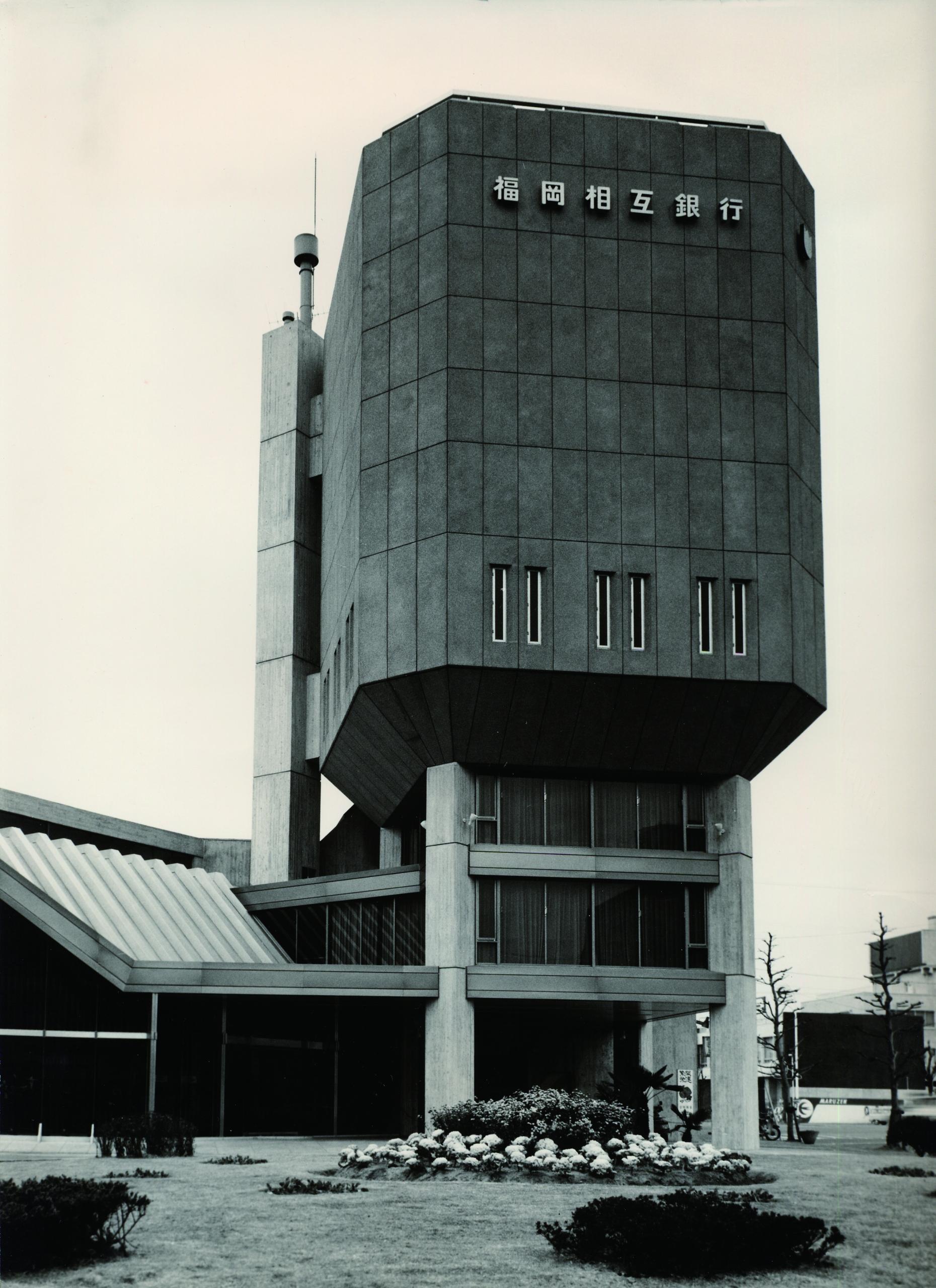
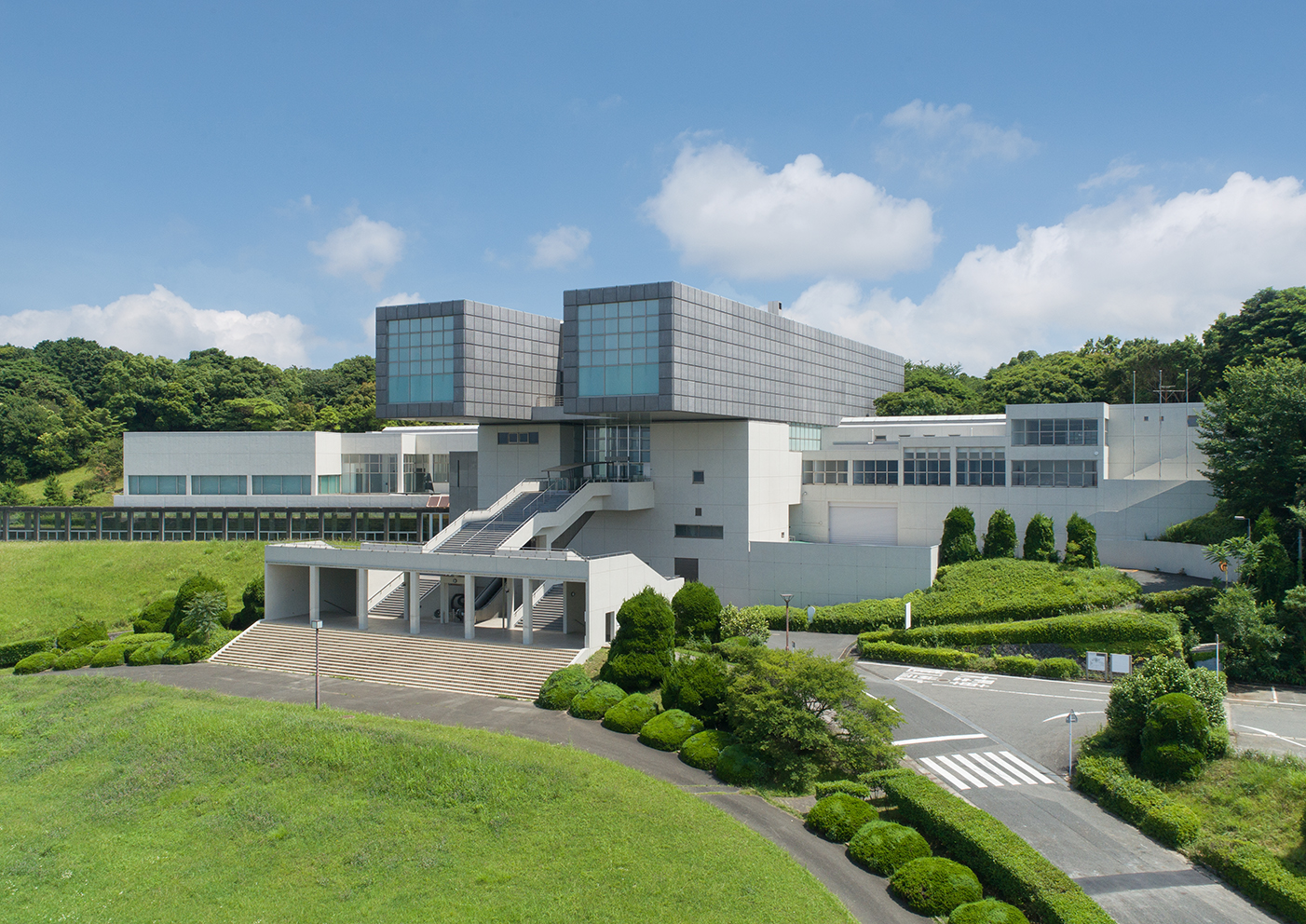
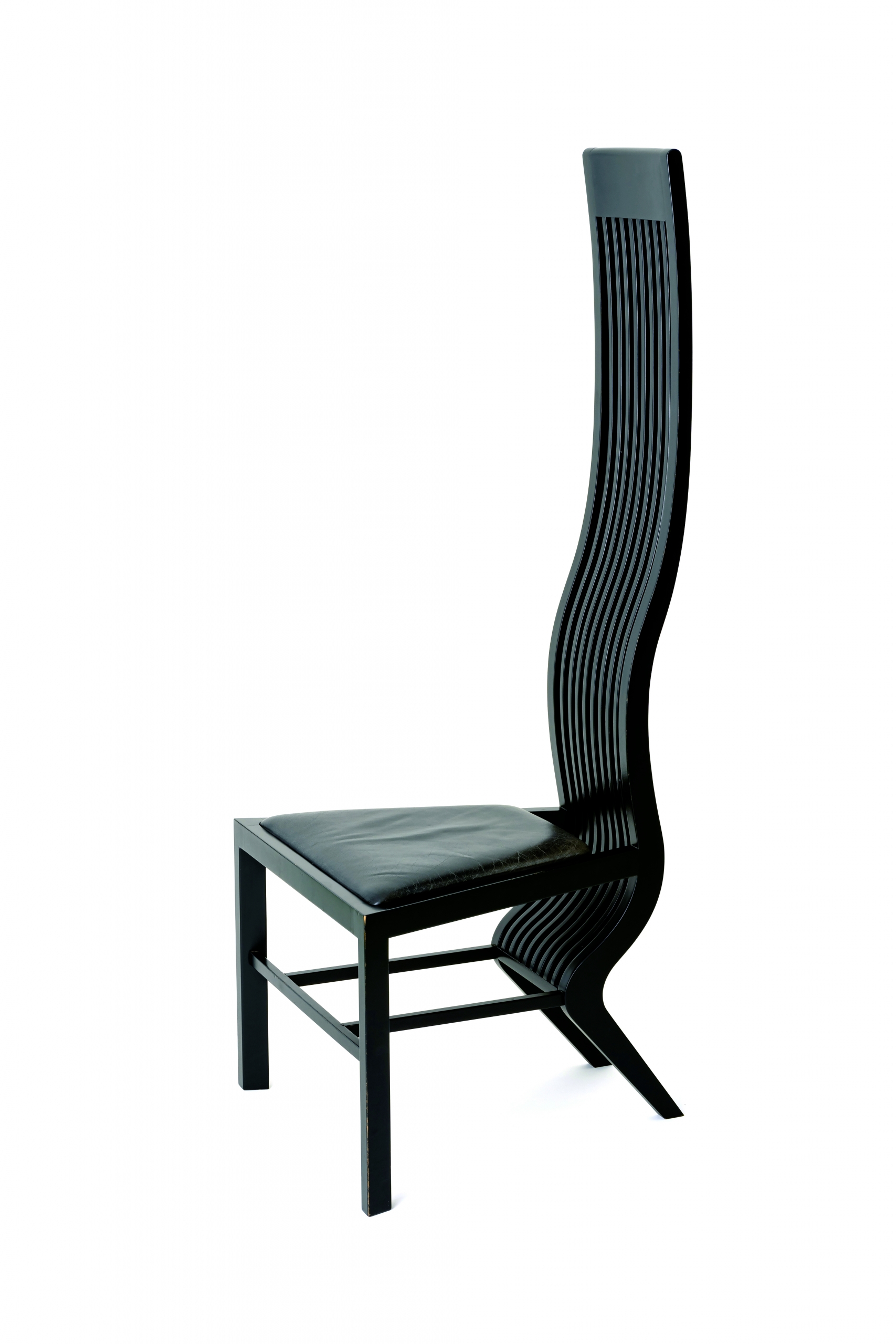
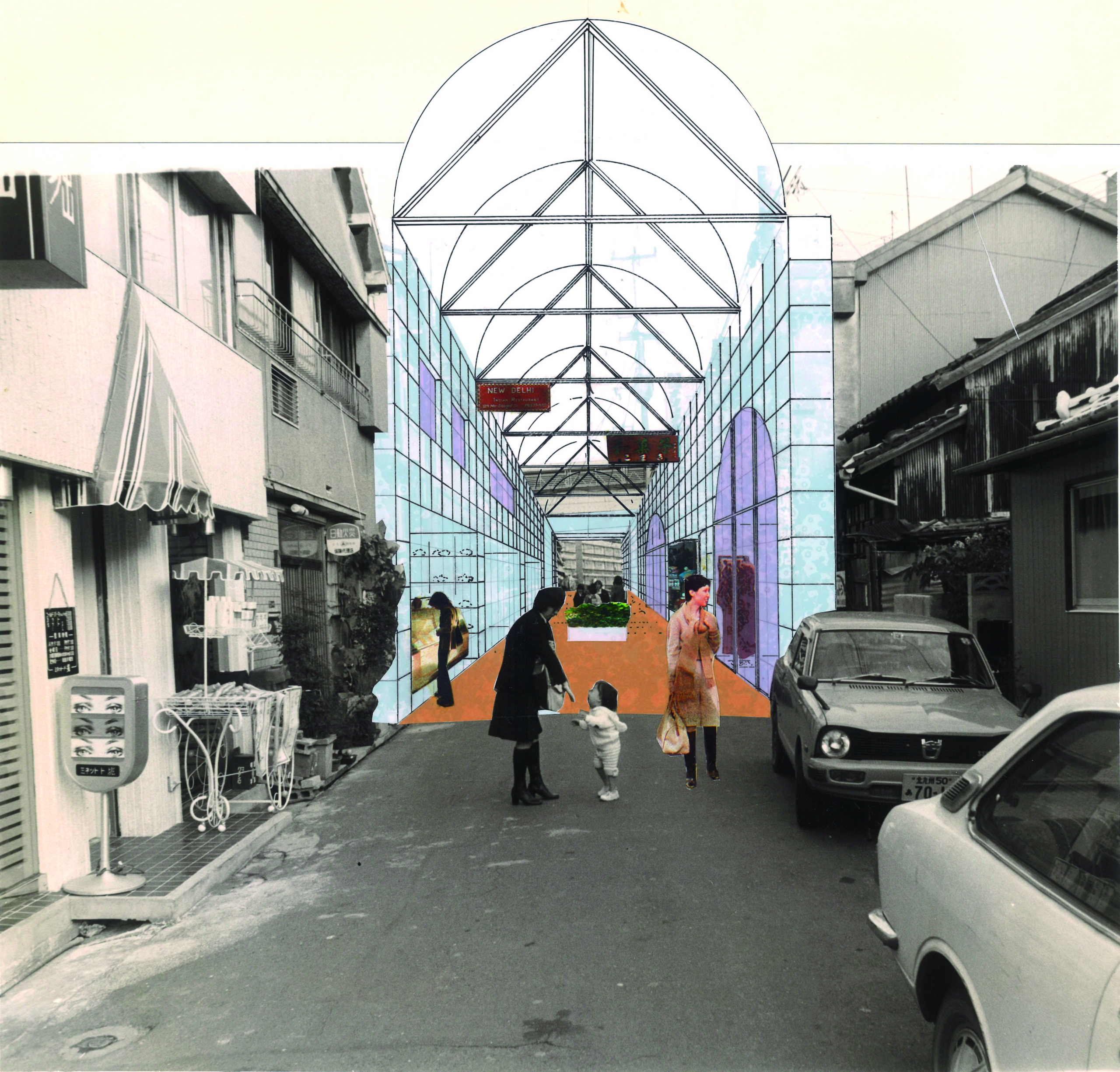

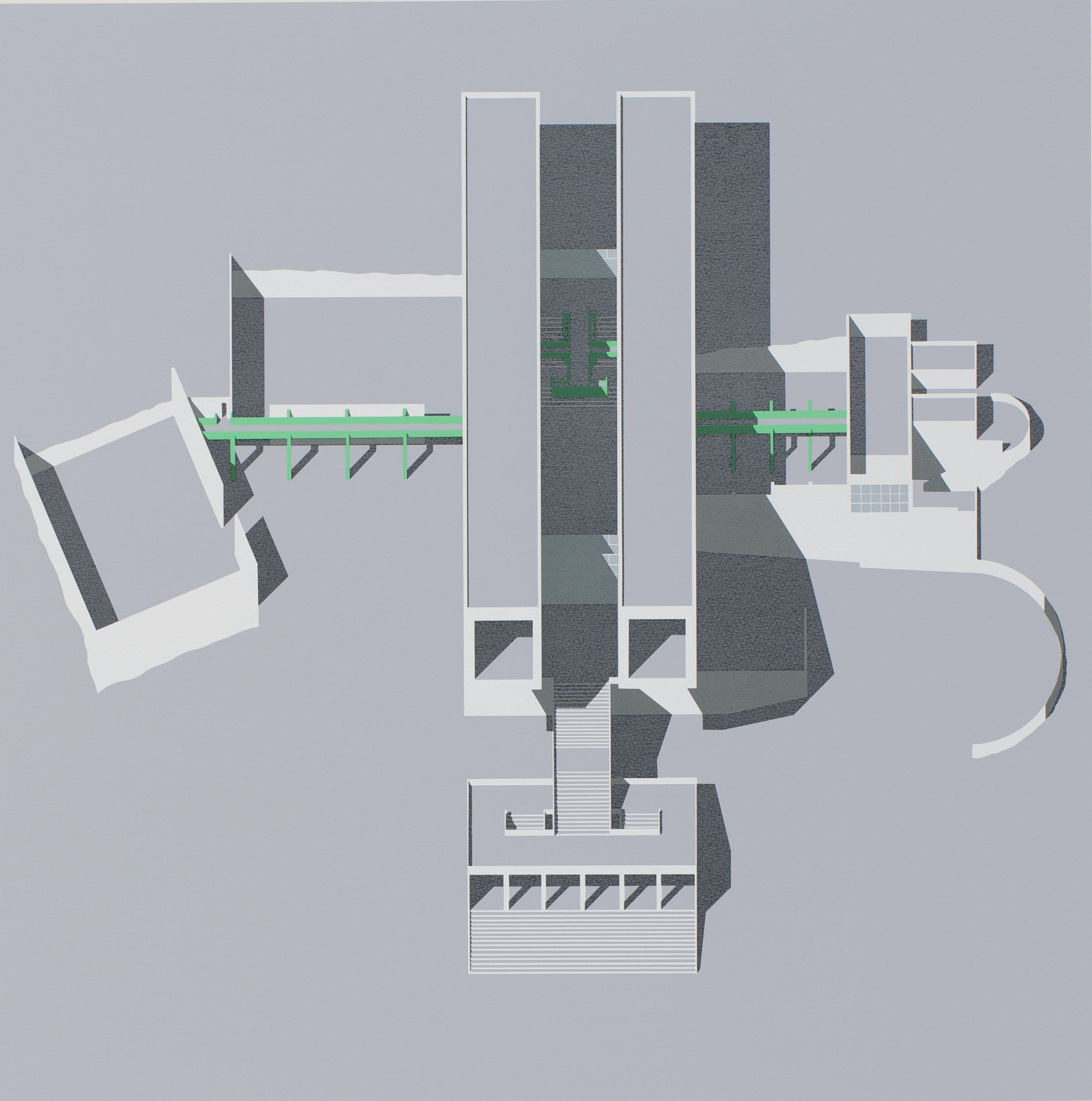
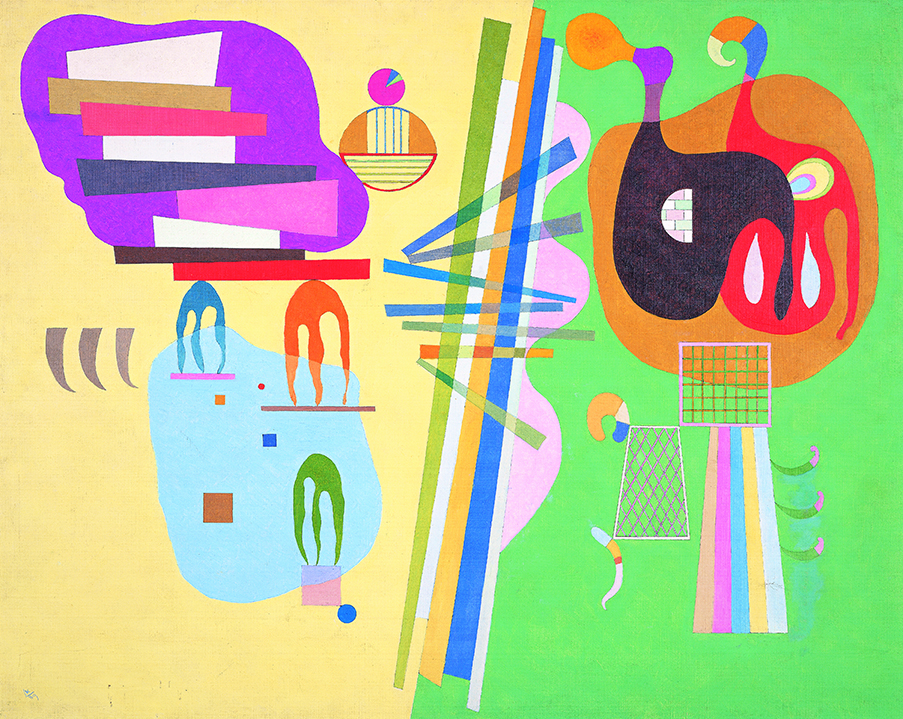
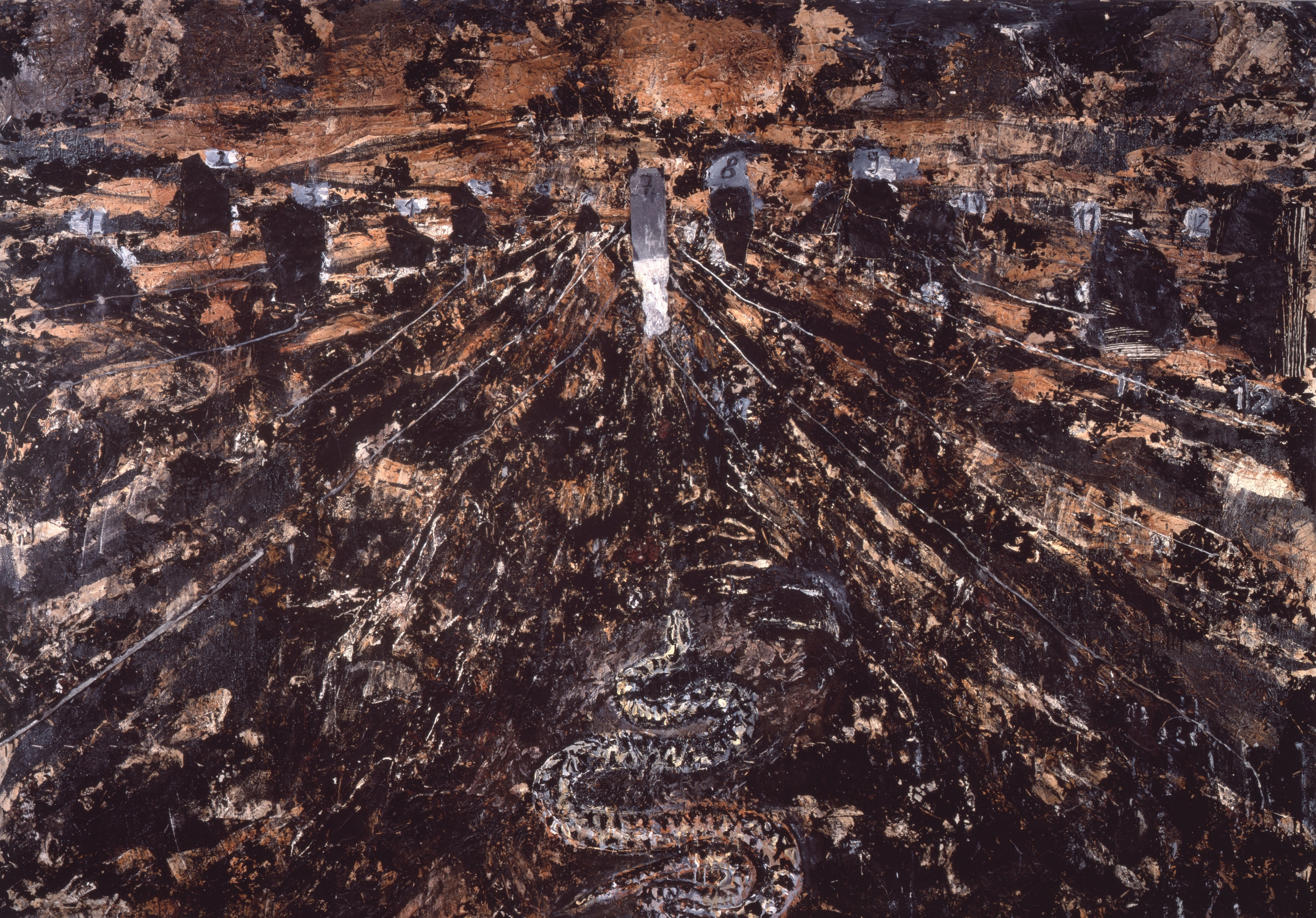
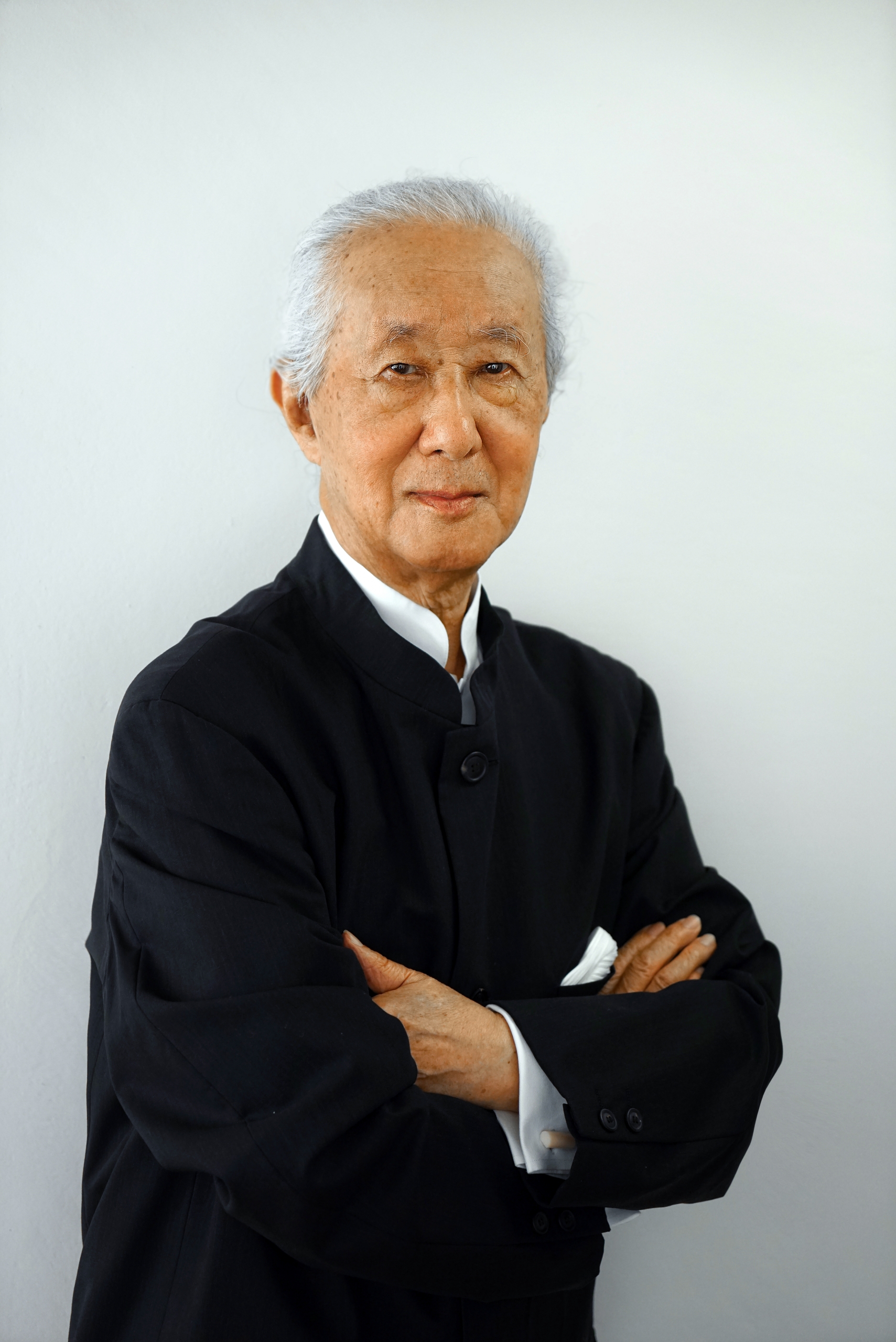
Architect. Born in Oita City, Japan, he graduated from the Department of Architecture, Faculty of Engineering, the University of Tokyo in 1954. In 1963, he established Arata Isozaki Atelier. In 1970, he designed the festival plaza for the Japan World Exposition in Osaka, and in the 1960s and 1970s, he worked on a number of buildings in Kyushu. Since the 1980s, he has been involved in many overseas projects, including the Museum of Contemporary Art in Los Angeles and the Brooklyn Museum of Art. In 1971, he published "To Space" (Bijutsu Shuppansha), and since then he has authored and co-authored many books on architecture, leading the postwar architectural world and influencing a wide range of fields including thought, art, design, cultural theory, and criticism. He died in 2022 at his final residence in Naha, Japan. He was 91 years old. (Photo Courtesy: Arata Isozaki & Associates)

